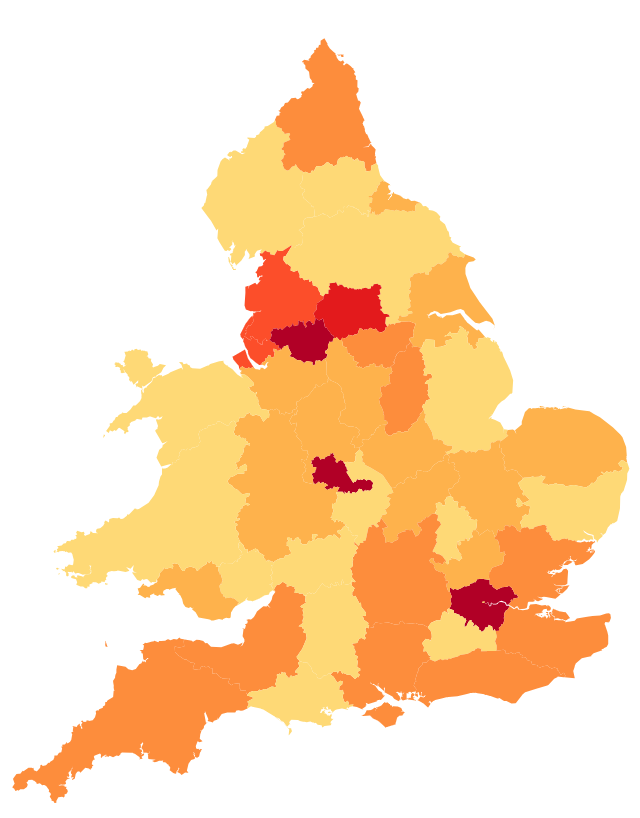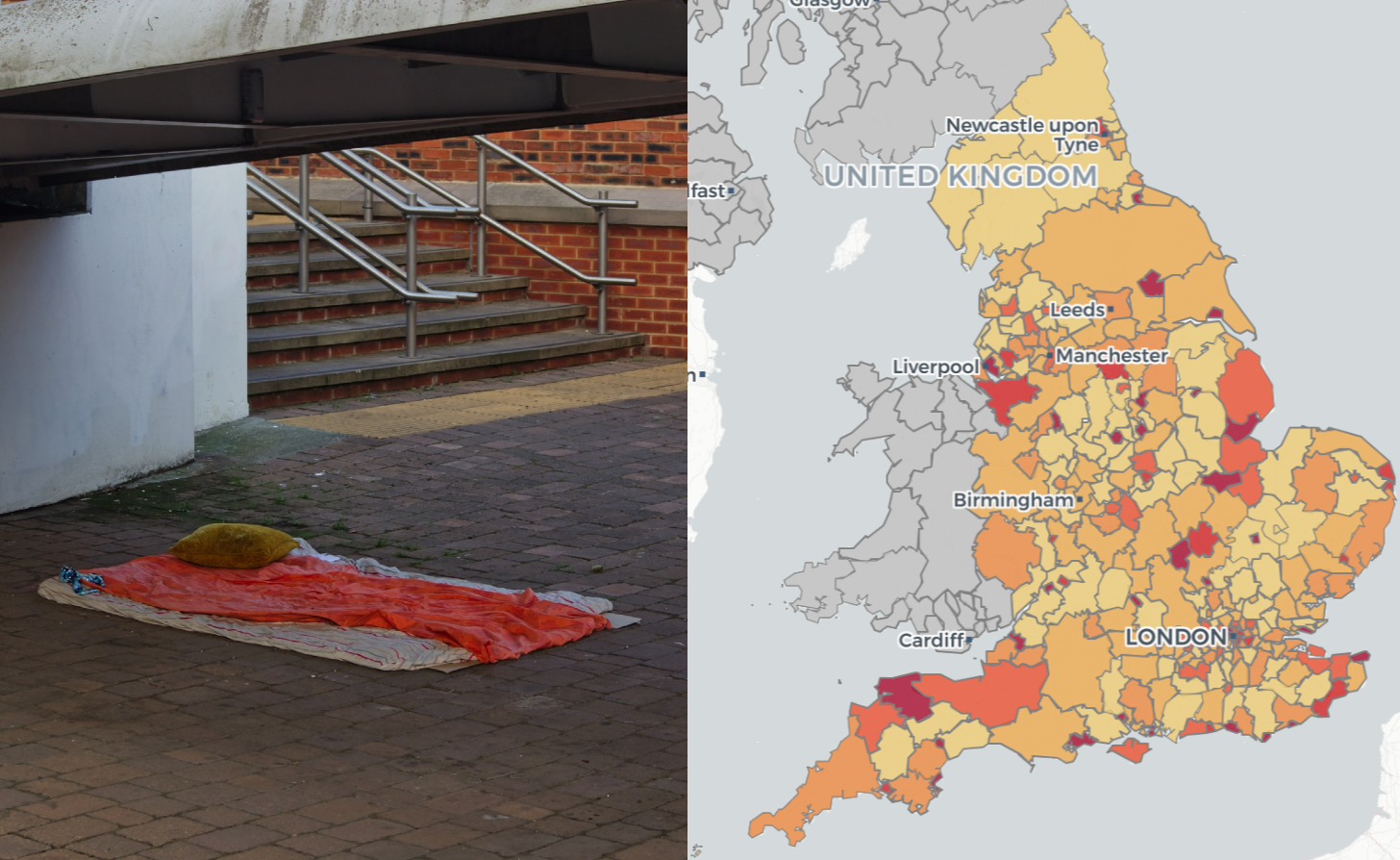Knife crime has increased by a staggering 24% in the last decade, according to data released today by the Ministry of Justice. However, this increase seems to be slowing down, with 2024 seeing only a 0.3% increase on the year before.
The number of knife and offensive weapon offences dealt with by the Criminal Justice System increased in 2024 to 20,126. Possession of an article or blade or point made up a majority of offenses registered, as it did in years prior. Possession of an offensive weapon followed, making up 26.8% of all offences.
In terms of offender history, 68% of all offences were committed by someone with no previous convictions or cautions, whilst only 17% were committed by an individual with 1 previous conviction or caution.
On a local level, the Police Force Area of Cleveland has the highest registered rate of offences, at 72 per 100,000 people. This is followed by Nottinghamshire, which has a rate of 52 per 100,000. Conversely, Surrey has registered the lowest rates of offences throughout the last 4 years. The Police Force Area of Surrey saw an average of 15.5 offences per 100,000 people between 2021 and 2024.
The area with the highest percentage increase in crime was Lancashire, which saw a 43% increase in knife and offensive weapon crime between 2020 and 2024. Cheshire, North Wales, Wiltshire, Devon and Cornwall, Gwent, Suffolk, Dyfed-Powys and South Wales have all registered a decrease in offences between 2020 and 2024, with South Wales having decreased its knife crime by 21%.
Geo-data context
The statistics come just a day after the Home Office announced new measures on knife crime under the ‘Ronan’s Law’. The new law, named after Ronan Kanda, a victim of knife crime in Wolverhampton, is making retailers liable for reporting suspicious and bulk purchases of knives on their platforms to police, with tougher sentences for selling knives to under 18s.
The Home Secretary seeks to crack down on online sales of knives and offensive weapons. Yvette Cooper, secretary of state for the Home Department, has commented on the issue: “This government has set an ambitious mission for the country to halve knife crime over the next decade and we will pursue every possible avenue to save young lives.”
“It is horrifying how easy it is for young people to get hold of knives online even though children’s lives are being lost, and families and communities are left devastated as a result.”
Further comments were made by Commander Stephen Clayman, lead for knife crime at the National Police Chief’s Council: “A key focus in our fight to tackle knife crime and improve the safety of our communities is limiting the accessibility of knives wherever possible, restricting their availability and the routes to purchase. All too often in policing, we are dealing with the horrific consequences of knife crime and seeing how it devastates individuals and families.”
“We welcome the government’s commitment in working with policing and partners to tackle knife crime and these new measures will significantly enhance our response to this.”
The CEO of Ben Kinsella Trust, Patrick Green, has also commented on the issue: “I am pleased to see that the government is listening to frontline organisations and is tightening the legislation needed to eliminate the supply of dangerous and intimidating weapons.”
About this map
The map below shows knife and offensive weapon offences statistics for the years 2020 to 2024, including rates and percentage changes between the years. To explore detailed figures for your area, double-click on the map or click here to view the full-page version.






